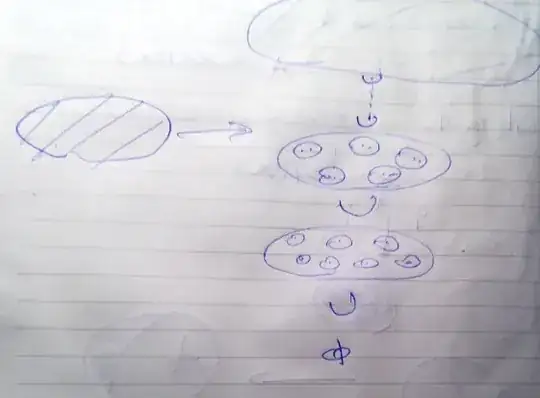So,$ \ \mathcal P \ ( \ \mathbb R ^2 \ ) $ , the power set of the set of all ordered pairs of real numbers, contains every imaginable (2D) function, black and white image and text as per its elements.
But how do we go a step further in understanding what the power set of that, $ \mathcal P \ ( \ \mathcal P \ ( \ \mathbb R ^2 \ ) ) $ is about?
